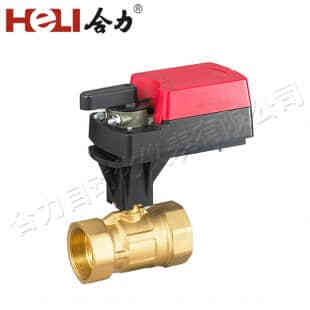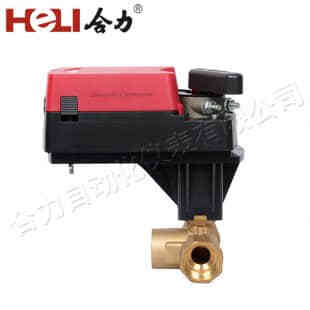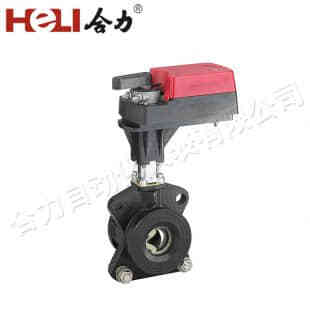Damper actuators are vital components in heating, ventilation, and air conditioning (HVAC) systems, as well as in various industrial applications. They are responsible for controlling the position of dampers, which regulate airflow, pressure, and temperature. As the demand for energy-efficient systems and automation continues to grow, damper actuators have become an integral part of modern buildings and industrial processes. This article explores the role of damper actuator manufacturers, highlighting their contribution to energy-saving solutions, the technology behind these devices, and key manufacturers in the market.

What is a Damper Actuator?

A damper actuator is a mechanical device used to control the position of a damper—a type of valve or flap that adjusts the flow of air or gas in a duct or ventilation system. In HVAC systems, dampers are commonly used to regulate airflow, balance air pressure, and control temperature. Damper actuators are often electric, pneumatic, or hydraulic devices that automatically or remotely adjust the damper based on sensor data or preset commands. In HVAC applications, the purpose of damper actuators is to ensure optimal airflow, maintain system efficiency, and enhance indoor air quality. They are also critical in fire and smoke control systems, where they can quickly close dampers to contain smoke or flames in case of an emergency. Additionally, damper actuators are used in industrial processes to regulate the flow of gases, chemicals, or fluids in pipelines and ductwork.
